Optimal Timing for Batten Siding Installation
Batten siding installations are influenced by seasonal weather conditions and project timelines. Proper planning ensures optimal results and durability of the siding. The timing of installation can impact the quality, cost, and longevity of the siding material.
Dry, mild weather with low humidity is ideal for batten siding installation to prevent moisture-related issues.
Spring and early fall are preferred for installation due to moderate temperatures and reduced precipitation.
High heat in summer and freezing temperatures in winter can affect siding materials and installation quality.
Planning installations during off-peak seasons can help avoid delays and ensure timely completion.
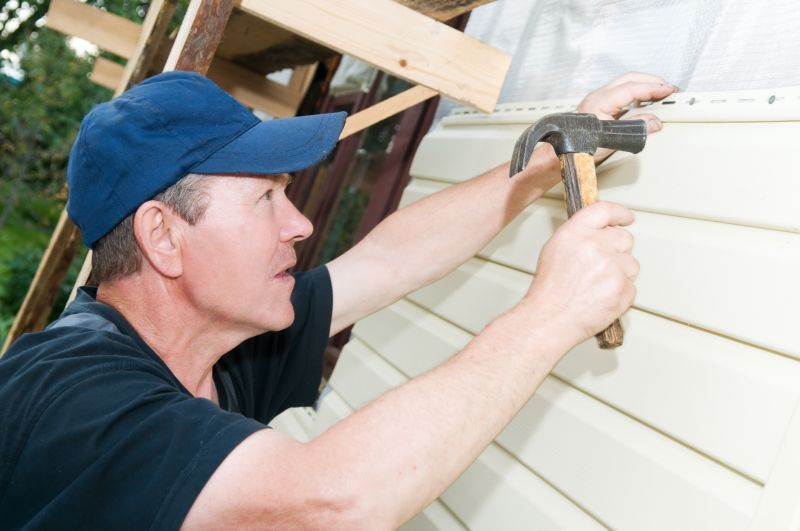
Spring offers moderate weather conditions suitable for siding installation.

Early fall provides cool, dry days ideal for batten siding work.

Extreme temperatures in summer and winter require careful planning or postponement.

Ways to make Batten Siding Installations work in tight or awkward layouts.
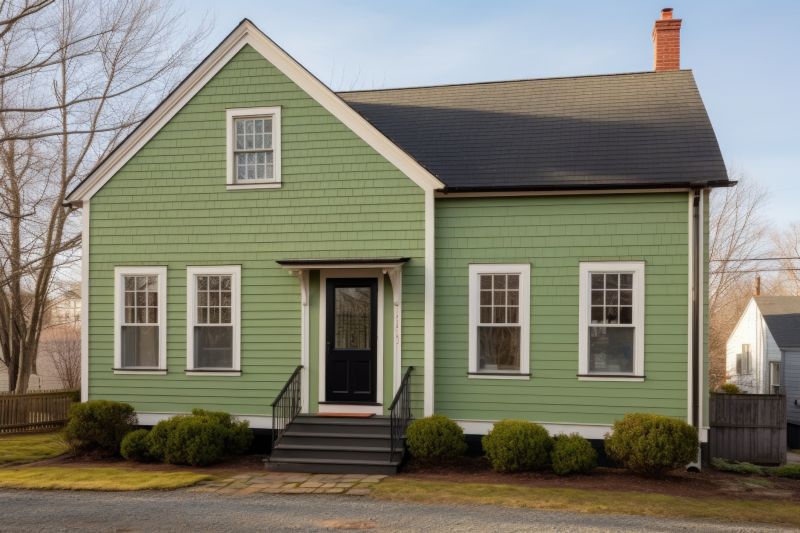
Popular materials for Batten Siding Installations and why they hold up over time.
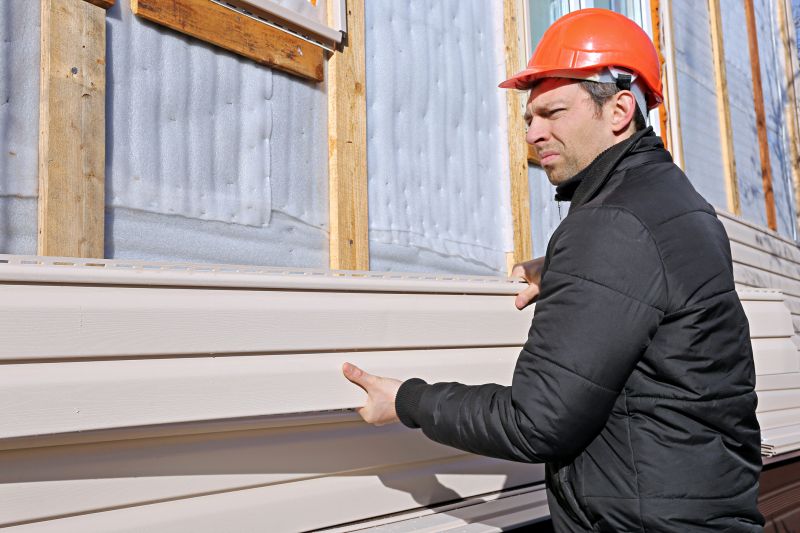
Simple add-ons that improve Batten Siding Installations without blowing the budget.
Batten siding is a popular exterior cladding choice characterized by vertical boards secured over a weather-resistant backing. It provides a rustic and traditional aesthetic while offering protection against the elements. Proper installation involves securing the battens with appropriate fasteners and ensuring the underlying structure is prepared to withstand environmental exposure. The durability of batten siding depends on correct timing, materials used, and installation techniques.
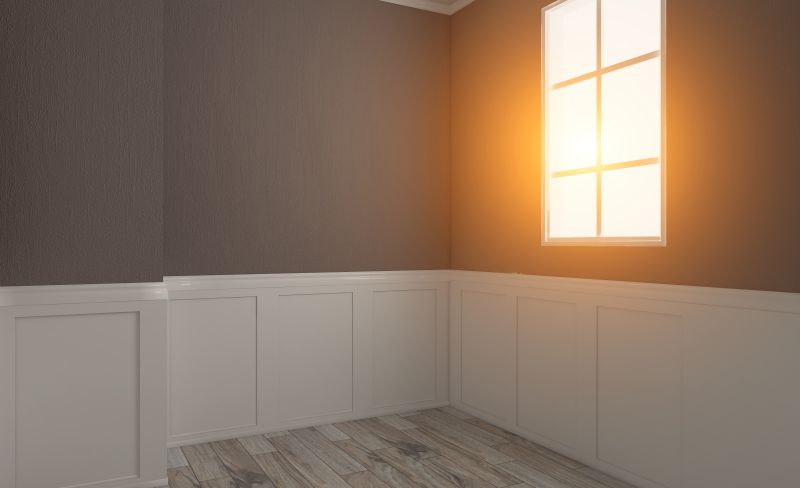
Installation process showing battens being secured to the wall.

Completed siding with a clean, uniform appearance.
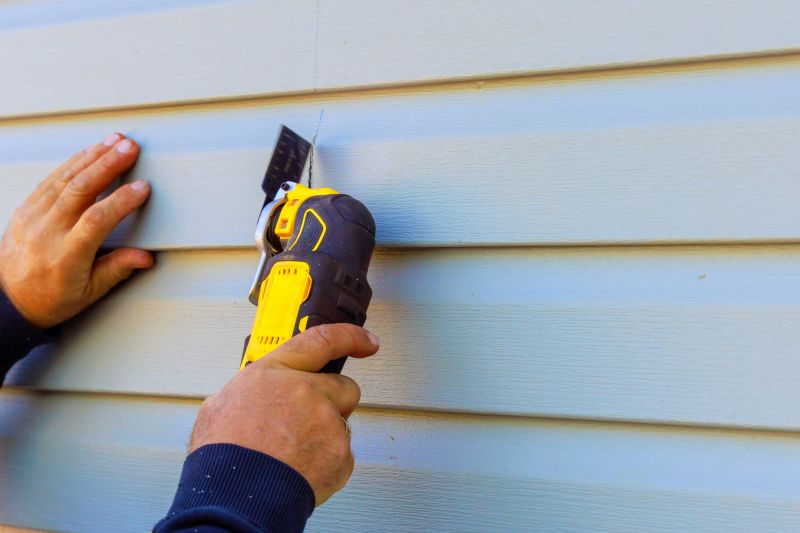
Common tools used in batten siding projects.

Application of protective coatings and sealants.

High-end options that actually feel worth it for Batten Siding Installations.

Finishes and colors that play nicely with Batten Siding Installations.
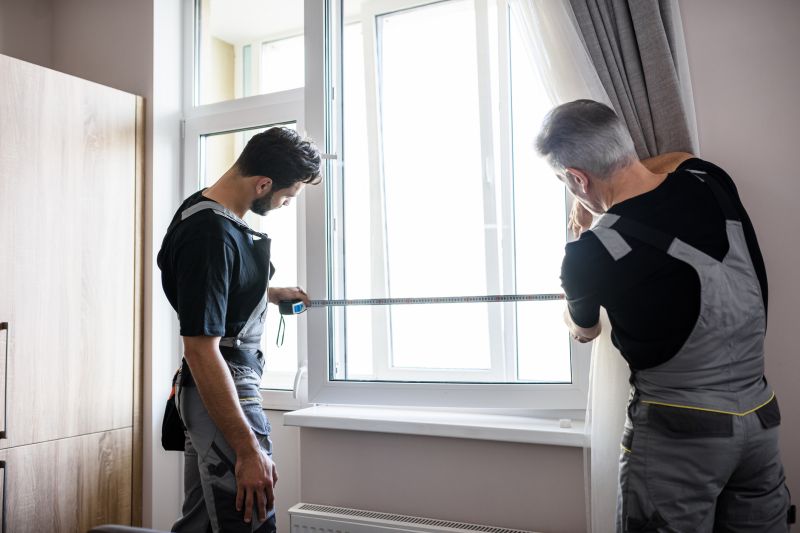
Little measurements that prevent headaches on Batten Siding Installations day.
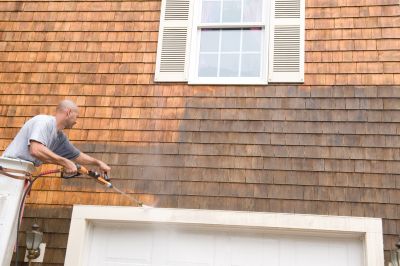
A 60-second routine that keeps Batten Siding Installations looking new.
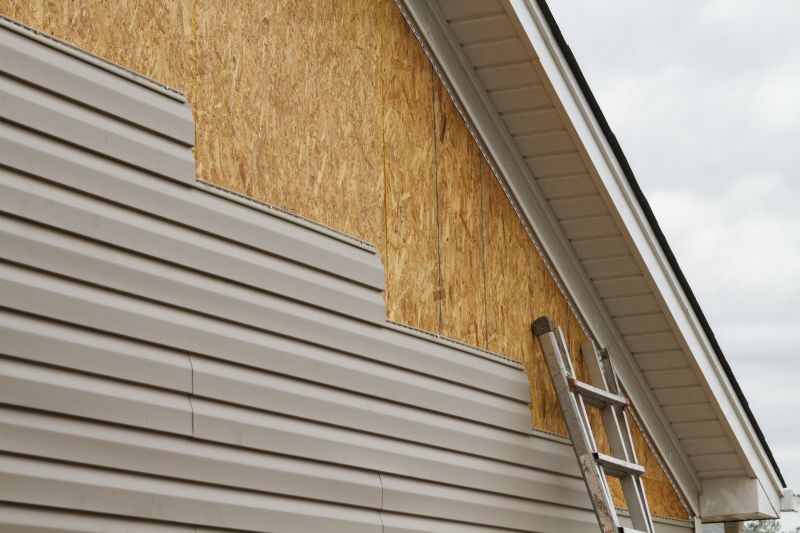
A frequent mistake in Batten Siding Installations and how to dodge it.
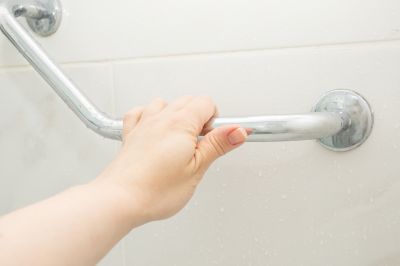
Small tweaks to make Batten Siding Installations safer and easier to use.
| Season | Advantages |
|---|---|
| Spring | Ideal weather, moderate temperatures, low humidity. |
| Early Fall | Cool, dry conditions, less rain. |
| Summer | Possible but requires caution due to heat and humidity. |
| Winter | Generally not recommended due to freezing temperatures and snow. |
Choosing the right time for batten siding installation can enhance the durability and appearance of the finished project. Proper scheduling aligned with favorable weather conditions minimizes delays and reduces the risk of moisture-related issues. Consulting with experienced professionals can help determine the most suitable period based on local climate patterns.
Interested in batten siding installation? Filling out the contact form can provide additional guidance and help schedule a project at the most appropriate time for specific needs and local conditions.
